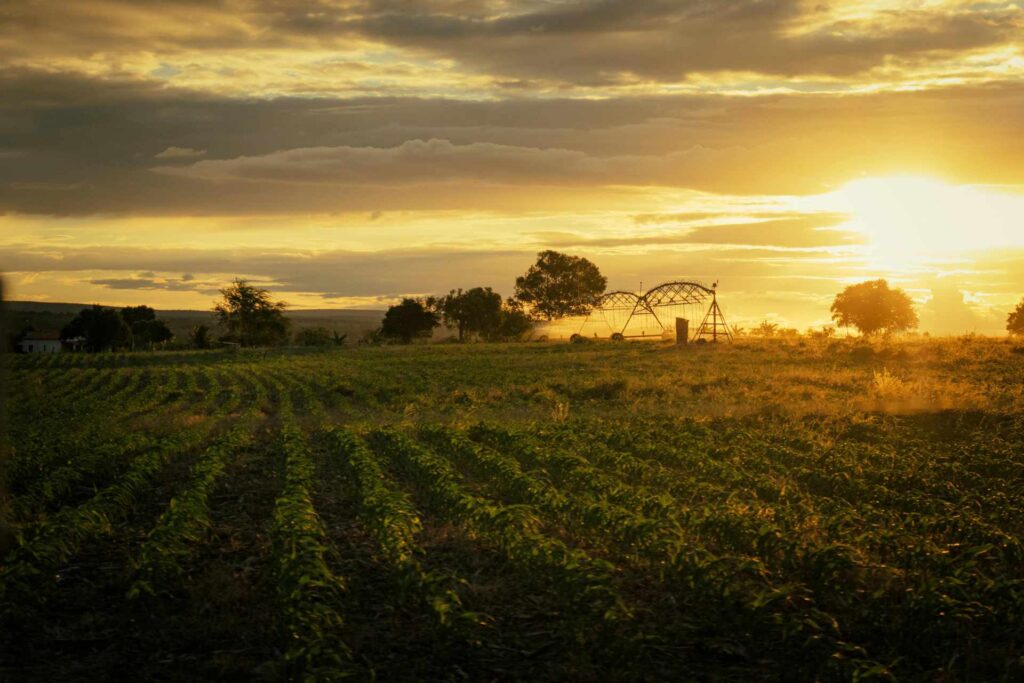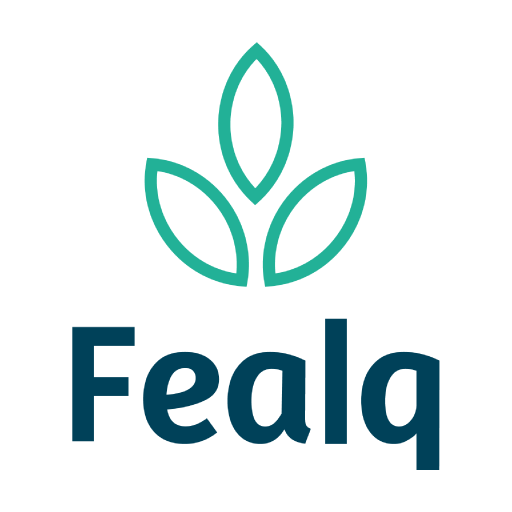Chukwudi Nwaogu, Bridget E. Diagi, Chinonye V. Ekweogu, Adedoyin Samuel Ajeyomi, Christopher C. Ejiogu, Enos I. Emereibeole, Patrick S. U. Eneche, Onyedikachi J. Okeke, David O. Edokpa, Enyinda Chike, Famous Ozabor, Obisesan Adekunle, Vremudia Onyeayana Wekpe, Osademe Chukwudi Dollah, Eshenake Ogaga, Hycienth O. Nwankwoala, Edwin Wallace, Chinedu Onugu, Temiloluwa Fajembola & Mauricio R. Cherubin
Abstract
To address national and global demand for agro-based products, agricultural expansion has rapidly become a norm in Brazil since 1950s to date. In recent decades, agricultural expansion and technological advancement have placed the country among the top producers and exporters of agricultural products. The paradigm shifts in farming system from conventional to integrated approach has brought significant changes in land use, which consequently influenced carbon sequestration and soil organic carbon (SOC). This is more prevalent in the State of Mato Grosso, one of the most producers of food in Brazil. On this background, we hypothesized that though forests have potential for SOC stock, which decreases due to conversion to cropland but in longer-term with sustainable management, carbon might accrual significantly in cropland. Therefore, this paper aimed to unveil the nexus between long term land use and carbon stock changes and estimate future SOC stocks in Mato Grosso State of Brazil. To achieve this aim, a hybridization of machine learning and the InVEST prediction models was applied to estimate the land use changes and the SOC stocks between 1990 and 2020 and estimate for 2050. The study revealed that between 1990, 2020, and 2050, croplands increased significantly by at least 78%, pastures decreased by 32%, while forests decreased marginally by about 4% due to agricultural expansions. However, in 1990 and 2020, the SOC stock was slightly up to 147.34 Mg ha−1, it recorded an increase after a longer-time (i.e., in 2050). This increase was substantially under the forests, and marginally in the croplands. Climate-smart agricultural systems such as crop-livestock forest, integrated crop-livestock, and other conservation agricultural practices have great potential to contribute to sustainable development by increasing the levels of carbon in agricultural soils especially, after a longer period. Therefore, agricultural policies geared towards low carbon agriculture should be fully integrated into the various government decision making processes as this will guarantee food security and maximize soil carbon sequestration and stocks in the long term. Simultaneously, it is crucial to promote the dissemination of best practices for implementing and sustaining conservation efforts, thereby safeguarding the carbon stocks established to prevent their depletion. This will also support the Brazilian government in achieving its Nationally determined contributions (NDCs) through agricultural soils.





